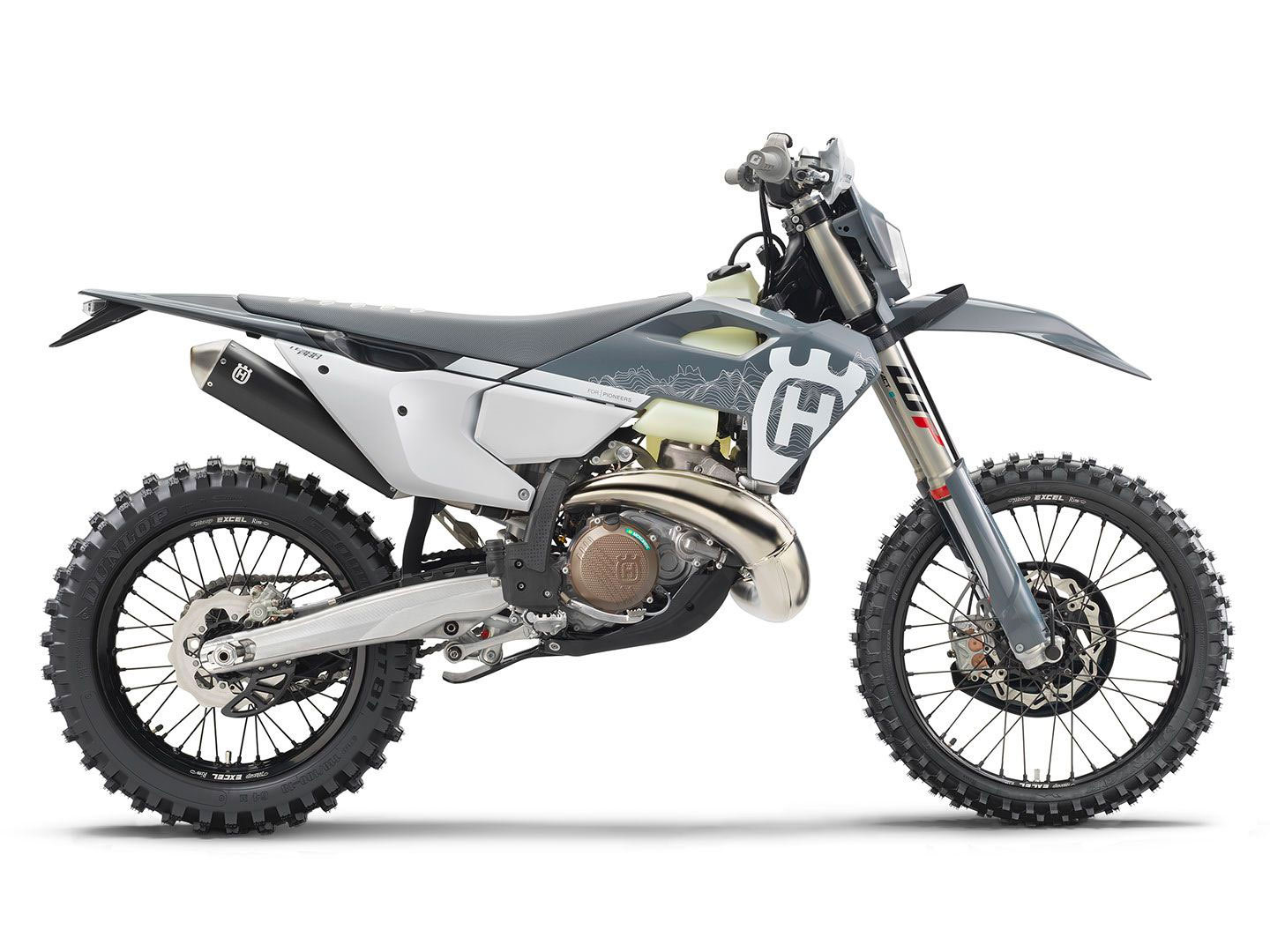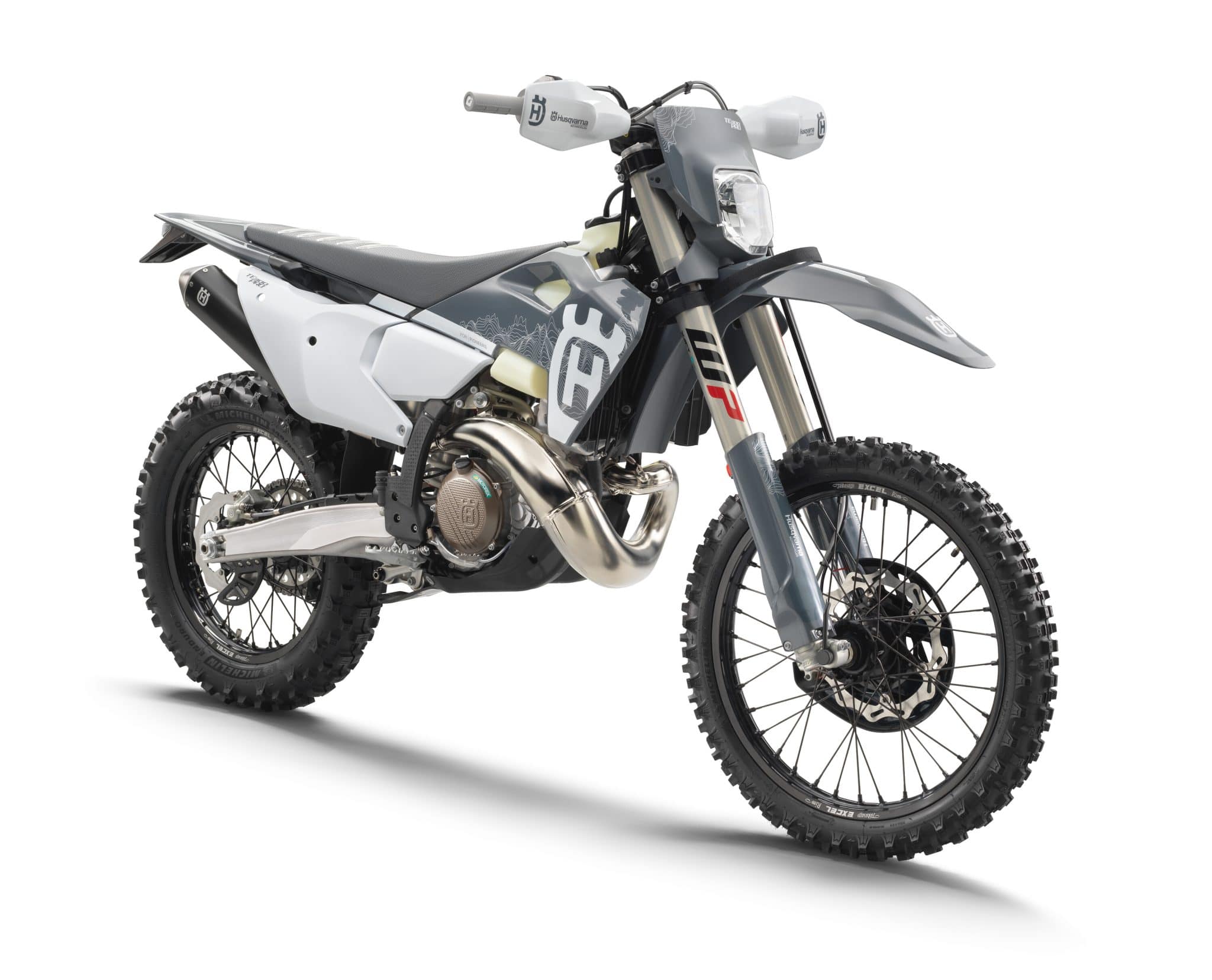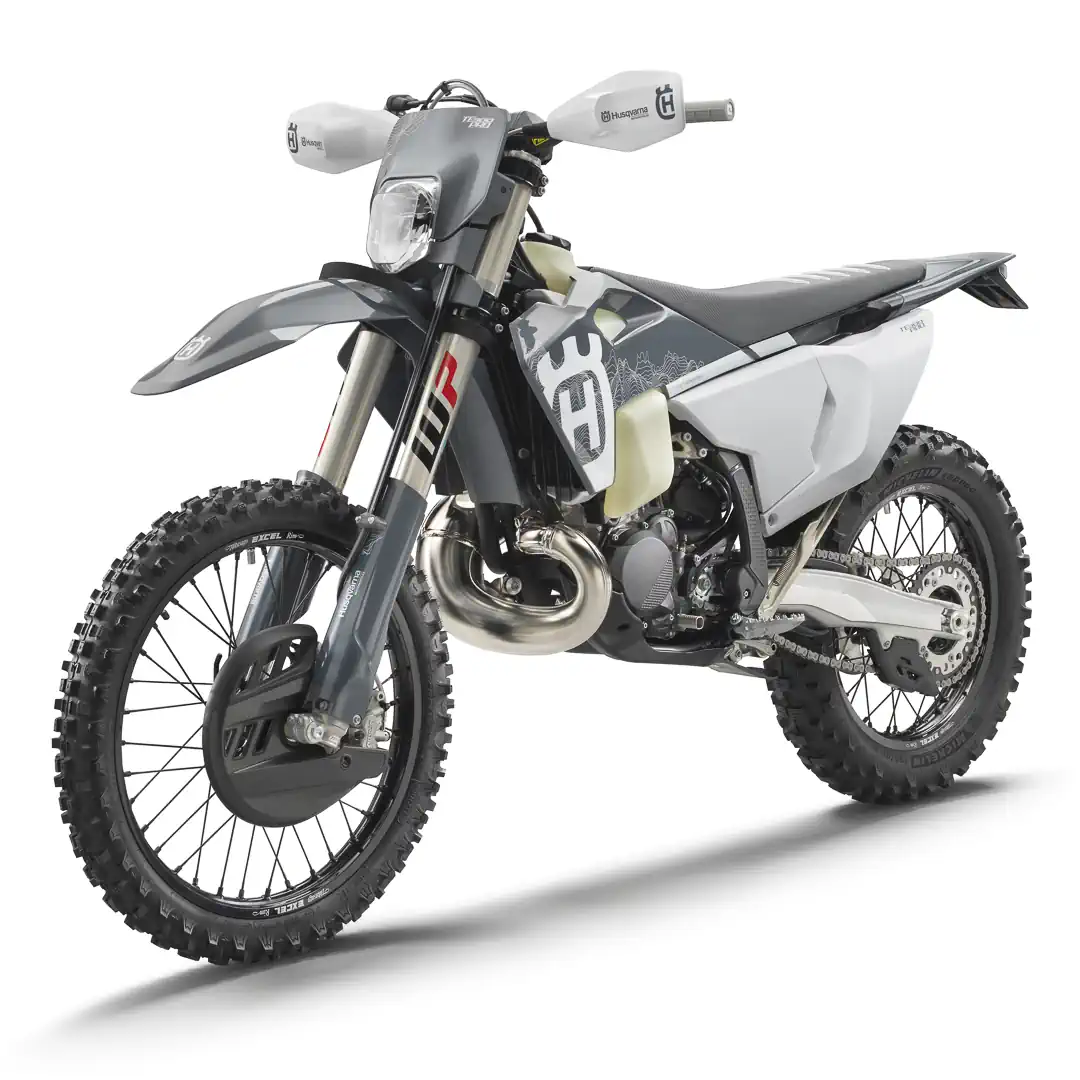New motorcycles are a regular occurrence, with updated parts, changing designs, and evolving color trends. However, motorcycles that bring about significant changes are rare.
The 2024 Husqvarna TE300 is set to be a game-changer. Debuting in 2024 alongside its Austrian siblings, this bike marks the advent of a new era in two-strokes.
Interestingly, the true aficionados of two-strokes, faithful fans of the traditional simplicity, find themselves somewhat on the sidelines of this revolutionary development, as the TE300 wasn’t primarily designed with them in mind.
The TE300 comes with a suggested retail price of $11,549, emphasizing that advanced technology often comes at a price.
Moving into the realm of high-tech, this two-stroke marvel boasts more gigabytes of processing power than early 2000s supercomputers, challenging the perceptions of hard-core two-stroke enthusiasts who have long championed simplicity and tradition.
While the TE300 retains the essential moving parts characteristic of two-strokes, its underlying theme shifts away from simplicity.

Unlike the days when tuning involved a handful of jets, the new TE motor, building on the technology introduced in the TC250 and TX300 competition bikes last year, is orchestrated by a central processing unit.
This unit coordinates a complex interplay involving ignition, fuel injection, and the electronic power valve, with sensors for various factors such as crankcase pressure, air density, throttle position, and rpm.
The TE300 introduces oil injection, handled by the CPU, and features a new electronic power valve with intermediate positions, expanding the possibilities of engine tuning.
While end-users have limited access to alter the inner workings, a map switch on the handlebar provides a choice between green (aggressive) and gray (mild) maps.
Although more intricate possibilities exist, Husqvarna exercises caution in allowing users to delve into the digital intricacies. Aftermarket solutions from JD Jetting, Dobeck, and GET/Athena cater to those seeking further customization.

Positioned as a trail bike by Husqvarna, the TE300 distinguishes itself from the TX300 cross-country racer with significant mechanical differences, especially in the top end and programming.
The TE’s power delivery is characterized by smoothness, even in the aggressive map setting. It exhibits a surge rather than a sharp hit as it approaches peak power, and its power is described as smooth and electric, with minimal vibration or noise.
The TE’s performance is contrasted with the Rieju 300MR, emphasizing its smoothness and electric feel.
In terms of components, the TE300 boasts a decent LED headlight, a hydraulic clutch with a light pull, a reliable electric starter, and a crisp and easy-to-use gearbox.
The Xact coil spring fork, though soft, offers a comfortable ride at low speeds but tends to dive and create a rear-high feel at a faster pace. The rear suspension, on the other hand, is more versatile and remains stable in various conditions.
Despite weighing 236 pounds without fuel, slightly heavier than the previous year’s TPI bike, the new TE300 is praised for its light-feeling and manageable nature. It retains a narrow profile, and its seat height is slightly lower than most 300s.
The article acknowledges the increase in sophistication without discernible downsides, appreciating factors such as the elimination of oil-gas mixing, reduced gas leakage when tipped over, and the absence of jetting complications.
The piece concludes by acknowledging the potential challenges that may arise with advancing technology, referencing past experiences with TPI bikes. However, the overall sentiment remains positive, expressing love for the TE300 despite the learning curve associated with its advanced features.

